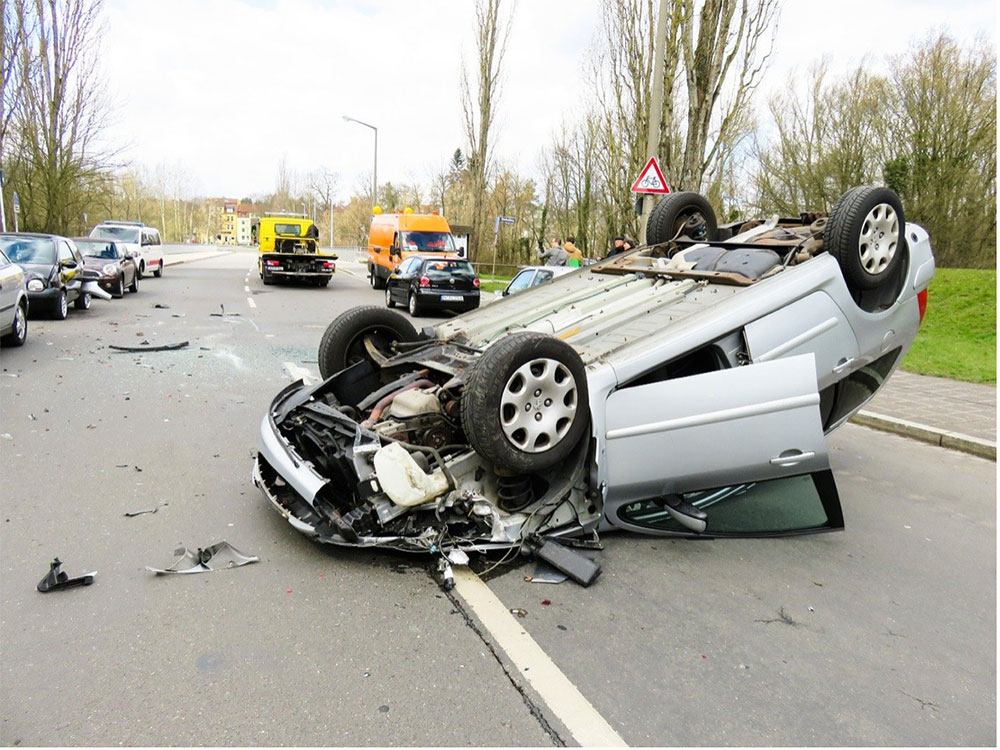
According to the CDC, every year around three million people in the United States are hurt in car accidents. The last year data was reported, the National Highway Traffic Safety Administration documented 36,096 fatal crashes. Nearly 3,700 people die each and every day in auto wrecks, and a significant number of those deaths and injuries occur during rollover accidents.
What are Rollover Accidents?
The accident type is just what it sounds like – a vehicle meant to be on four or more wheels gets tipped on its side or its top. The accident may happen because of force from something external like a curb or another vehicle. Rollover accidents also might occur because of how the vehicle is operated and/or the type of surface involved. Either way, the vehicle becomes destabilized. Its own inertia or external force causes it to tip or flip.
Rollovers vs. Other Collisions
Head-on collisions claim the most lives, but rollover accidents can be just as deadly. With a head-on collision, as two vehicles slam into each other, their combined speed comes to an abrupt stop. Metal and machinery crumples and the destruction can be immense.
The motion and impact in a rollover is very different. Vehicle safety features are built for front, rear and side impacts. There are typically crumple zones in the front that diffuse the hit. Seat belts stop the body’s forward motion and air bags soften blows.
With a rollover, things can go everywhere. The things inside your vehicle can smash into you, and things outside sometimes come in. Instead of one impact, you might experience multiple from all directions as a vehicle rolls. Sometimes rollover accidents throw a vehicle into a solid obstruction or another vehicle, causing a second impact. It’s chaos.
If You’re In a Rollover Accident
Unfortunately, it could happen to anyone. Rollovers don’t just happen to bad drivers. Sometimes the unexpected happens, you swerve to miss an obstruction and suddenly your vehicle is out of control. Other times it’s another driver that causes your vehicle to become unbalanced.
If your vehicle rolls, stay as calm as possible and wait for it to come to a stop. Then, take a few seconds to evaluate your condition and that of the other people in the car.
Turn your motor off right away. Then, if possible, call for emergency assistance.
Even if you feel mostly uninjured, take a second to evaluate before you disconnect your seatbelt. Stabilize yourself first. Post-accident injuries occur when passengers and drivers don’t see dangers like broken glass or long drops.
Get yourself to safety, then help other passengers as needed. Watch for ongoing traffic while you do. As soon as everyone is clear of the vehicle, move out of the roadway and far enough away from the vehicle you aren’t in danger of a fire or explosion.
Then, take the steps you normally would immediately after a car wreck. If there’s another driver, exchange contact information. Take photos and video to document. Seek medical attention.
Then, as soon as you are able, contact an attorney. We offer free consultations to help people understand their rights and their options when it comes to personal injury compensation.

